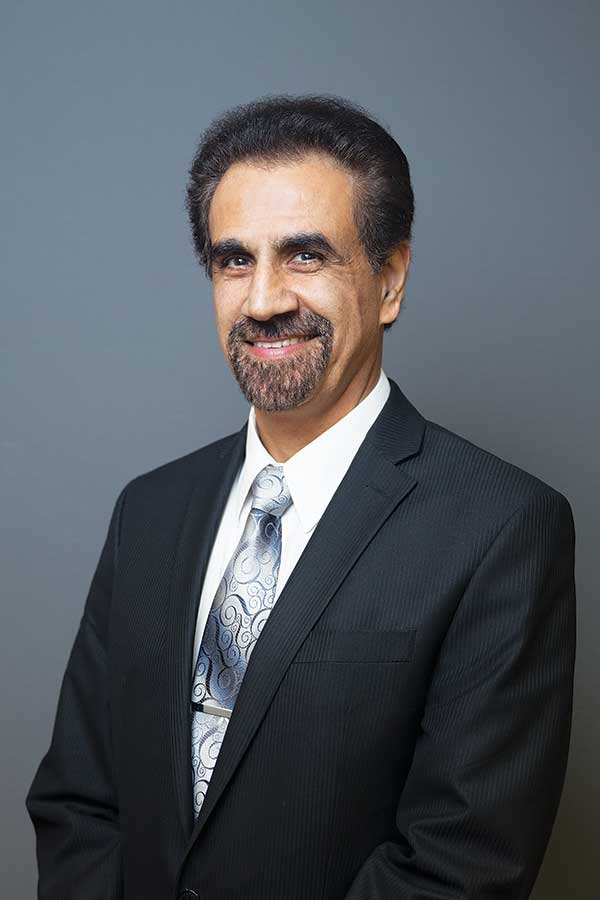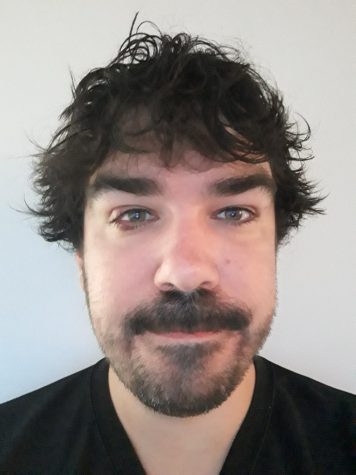A man with a plan
Last week, Basement Medicine interviewed Dr. Parwinder Grewal, the inaugural president of Vermont State University, regarding a wide range of issues facing the nascent university. This is a transcript of that interview, which has been edited for concision.
What do you see – or – what is Vermont State University’s mission?
Very good question. And I’ve been thinking about it a lot. I have had a lot of meetings with so many faculty, staff, students, and members of the Legislature. We have basically three top priorities. The first one is for the university to become a statewide hybrid University. What does that mean? It opens and enhances access to higher education. So, the people who cannot live on campus, but are a little further away, can have access to higher education from their home. If people are working, they can also have access to higher education; they don’t have to leave their job. This is our first goal: to enhance access to our campuses or to our education for more people, including non-traditional students, as well.
The second piece that we have regarding structuring the new university is to build it as a community-engaged university – students and faculty together working with local community leaders, co-envisioning solutions to local problems. That kind of learning, that kind of teaching, and that kind of work would enhance a student’s attachment to the community and to the university. And also, the university brings more value to our local community. We want to set things up so that every student who joins this university has an opportunity to do some meaningful, community-engaged work as part of their degree program, not just as an add-on.
The number three priority is for the university to become a university that [graduates students who are] job ready… What we want to do is provide students with learning experiences that include the community-engaged learning that I just described, and in addition, embed micro-credentials that are industry-relevant on every degree path. So every student who would start with VTSU next year and before they graduate will have one or more micro-credentials that are industry-relevant completed before they graduate. That will also prepare them for jobs. No matter what the major is …students will have the opportunity to get some micro-credentials on their transcript.
What do you see as the largest challenges facing the new university as we get closer to launching it in the summer?
Our biggest challenge is to bring all the processes, programs, and people together to be ready to open the university in July of 2023. The faculty and staff, even students, have been working hard on transformation projects over the last year and a half, and this work will continue into the spring so that the combined programs that we need to offer to the students are ready. Also, all our processes will be brought to one application for the entire program that the student chooses, and financial aid, you name it, all the processes that the university runs will all be brought together to form one university. We would have to transfer all the students into a new system…all faculty and staff need to be rolled into a single system as well. So all those processes are simultaneously going on.
What are some of the advantages Vermont State University has that are going to help it to be successful?
There are several advantages. First and foremost is that this unification is very nicely set up as a transformation opportunity for higher education. This actually offers us a wonderful opportunity to be at the forefront of higher education transformation. Higher education is slow to change. For universities and colleges, it’s very difficult to change their processes because they say these processes have been working for the last fifty years. Why change them? But now, the biggest opportunity I see is to have a more highly innovative university that we can build from scratch.
The second [advantage] with this, as I mentioned earlier, is to expand access to higher education for many more students, especially non-traditional students who are working or who cannot afford to live on campus or even get to a campus. Those folks would have the opportunity to pursue some sort of degree; it could be an associate’s degree, it could be an undergraduate degree, or a master’s degree.
What are the specific goals of the recently announced tuition reduction for incoming students?
We were very pleased when the board of trustees approved our tuition reduction proposal. As you know, the colleges that will be part of the new university had some challenges with enrollment and some challenges with their budgets. We proposed a good restructuring plan which we’ll be able to get to the board –it will be 15 percent or so. The goal is that when the university is formed, there will be one tuition rate for all students on our campuses. So the in-state tuition rate will be less than $10,000. Even for out-of-state students, we brought that to just below $20,000. Both of those rates are now in a very competitive place with many other universities and colleges of our size and beyond. That will help us in recruiting students, and it will enhance, again, the affordability of higher education for so many more people.
There’s been a significant bump in financial support from the state legislature. How vital is that support in this tuition reduction and for Vermont State University going forward?
That support is absolutely critical to our success. It is key to developing a plan that will lead the university to be more financially stable over time. Many universities increase their tuition over time. We froze for the last two years and we’re not even freezing now; we will actually be reducing it. So that makes our education available to more people. We have some really good programs that people want to take advantage of. If there was a hurdle there related to price, it will be somewhat eliminated or reduced.
Given the turbulent decade or so that has cast a shadow over Vermont’s state colleges, what would you say to a prospective student who is on the fence about attending our school?
Vermont State University is poised to be a very vibrant, very efficient, and effective university moving forward. The following are some reasons supporting this. First, the Legislature has now realized the importance of higher education in the state, so they are telling us right now they’ve made a commitment. It’s a five-year commitment to support this university. The second part is being able to offer more programs for the students. This will provide more opportunities no matter what campus they choose. They will have access to more faculty, more programs, and more opportunities for success because we have combined resources from the various colleges that are now merged into the new university. Now, when we couple that with the reduced tuition, it is going to be much more attractive for new students. There will be more offerings and better offerings for our students.
Before we conclude this interview, is there anything else that you would like to say to current and future members of our community?
We want people to know that Vermont State University will be a people’s university. What I mean by that is, by design, we intend to have a community-engaged university where community members are welcome. They will work with faculty and students together to create solutions for different problems. By design, the university will focus on local economic development, local workforce opportunities, and having these community connections that build intellectual capital in local communities. We will be creating programs by finding out what the needs are and what our most valuable programs are so that, again, we are helping the state succeed in its economic development goals.




